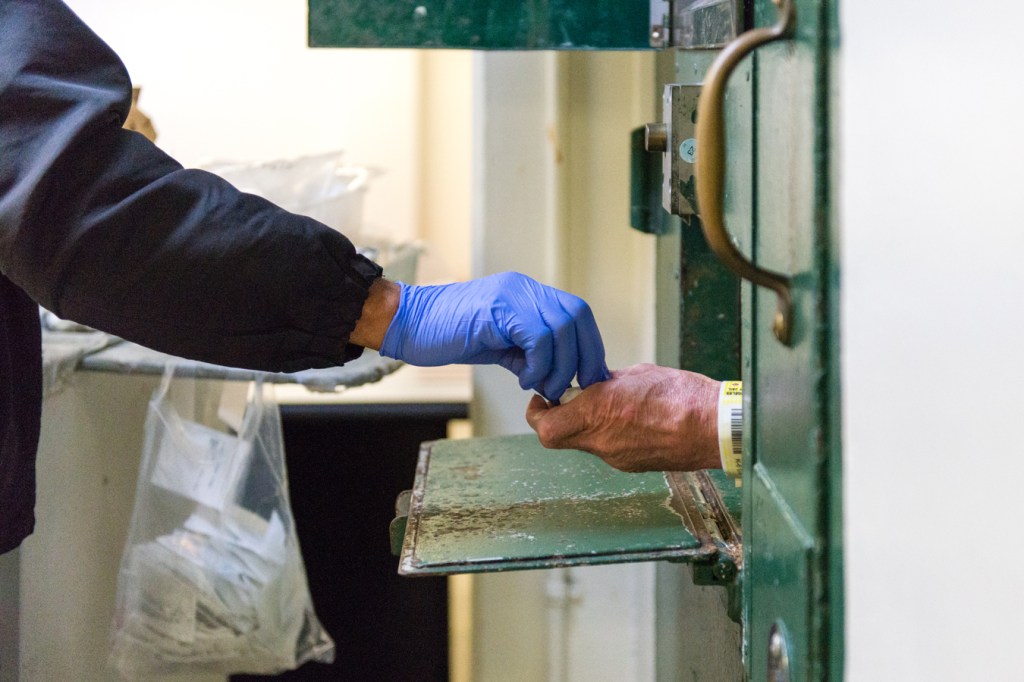Can’t see the audio player? Click here to download.
A sharp increase in the use of psychotropic drugs in California’s county jails coincides with a growing population of inmates who suffer from mental illness.
There are various reasons why more people with mental health problems have landed in jail in recent years. A 2011 federal order requiring California’s state prisons to reduce overcrowding generated a big influx of inmates — many with psychiatric conditions — into county jails. A state proposition three years later reclassified some felonies as misdemeanors, which sent the perpetrators to jails rather than state prison.
Moreover, a shortage of community mental health services — and of psych beds — have turned jails into repositories for people with acute mental illness. Jails and state prisons now house far more people with mental health needs than psychiatric hospitals, and L.A. County’s jail system is considered the largest mental health institution in the United States.
Housing so many hard-to-manage people in such tight spaces is an immense challenge for jail officials. Inmates often resort to violence, self-mutilation, even suicide. In some cases, inmates don’t get sufficient medication to keep their conditions in check. Or medication might be used to sedate and calm difficult inmates.
This thorny problem was the subject of a story by Anna Gorman that ran May 4 on California Healthline. She discussed the topic in an interview Friday with Tara Siler of KQED News.


